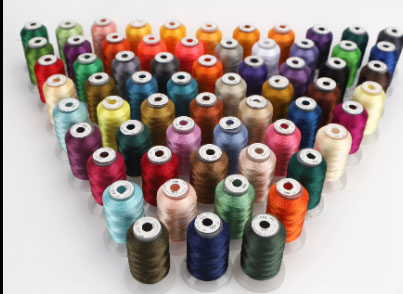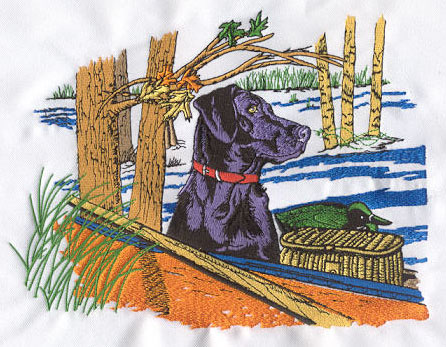The Role of Fabric and Thread Selection in Achieving High-Quality Embroidery
Embroidery is a timeless art that has been
used to enhance fabrics for centuries. Whether it's done by hand or machine,
the quality of embroidery largely depends on the choice of fabric and thread.
In this article, we will delve into the significance of selecting the right
fabric and thread for creating high-quality embroidery. This content also has
some reference value for Eagle Digitizing.
The Importance of Fabric Selection
The fabric used for embroidery plays a crucial role in determining the overall quality of the embroidery. There are several factors to consider when selecting fabric for embroidery, including the type of fabric, its weight, and its color.
Type of Fabric
The type of fabric used for embroidery can vary depending on the desired outcome of the project. For example, if you are creating a delicate piece of embroidery, you may want to use a lightweight fabric such as silk or organza. Alternatively, if you are creating a more robust piece of embroidery, you may opt for a heavier fabric such as denim or canvas.
Weight of Fabric
The weight of the fabric also plays an important role in achieving high-quality embroidery. If the fabric is too thin, the embroidery may be too visible on the back, and the design may not hold up well over time. On the other hand, if the fabric is too heavy, it may be challenging to embroider the design, and the finished product may be stiff and unappealing.
Color of Fabric
The color of the fabric is another essential factor to consider when selecting fabric for embroidery. The color of the fabric can have a significant impact on the overall look of the embroidery. For example, if you are embroidering a design with pastel colors, you may want to use a light-colored fabric such as white or cream. Alternatively, if you are embroidering a design with darker colors, you may want to use a darker-colored fabric to ensure that the embroidery pops.
The Importance of Thread Selection
In addition to fabric selection, thread selection is also critical in achieving high-quality embroidery. There are several factors to consider when selecting thread for embroidery, including the type of thread, its weight, and its color.
Type of Thread
The type of thread used for embroidery can vary depending on the type of fabric and the desired outcome of the project. Some common types of embroidery thread include cotton, silk, rayon, polyester, and metallic thread. Each type of thread has its unique properties, such as luster, strength, and texture, and choosing the right thread for the project is essential.
Weight of Thread
The weight of the thread also plays a critical role in achieving high-quality embroidery. Thread weight is measured in denier, which is the weight in grams of 9,000 meters of thread. The lower the denier number, the finer the thread, and the higher the denier number, the heavier the thread. When selecting thread weight, it's important to consider the fabric weight and the size of the embroidery design.
Color of Thread
The color of the thread is also an essential factor to consider when selecting thread for embroidery. The thread color should complement the fabric color and the embroidery design. If the thread color is too bright or too dark, it may overpower the design or clash with the fabric color.
In conclusion, fabric and thread selection
are crucial factors in achieving high-quality embroidery. When selecting fabric
and thread, it's important to consider the type of fabric, its weight, and its
color, as well as the type of thread, its weight, and its color. By carefully
selecting fabric and thread, you can create stunning and long-lasting
embroidery that will be admired for years to come.


